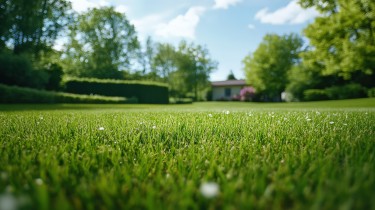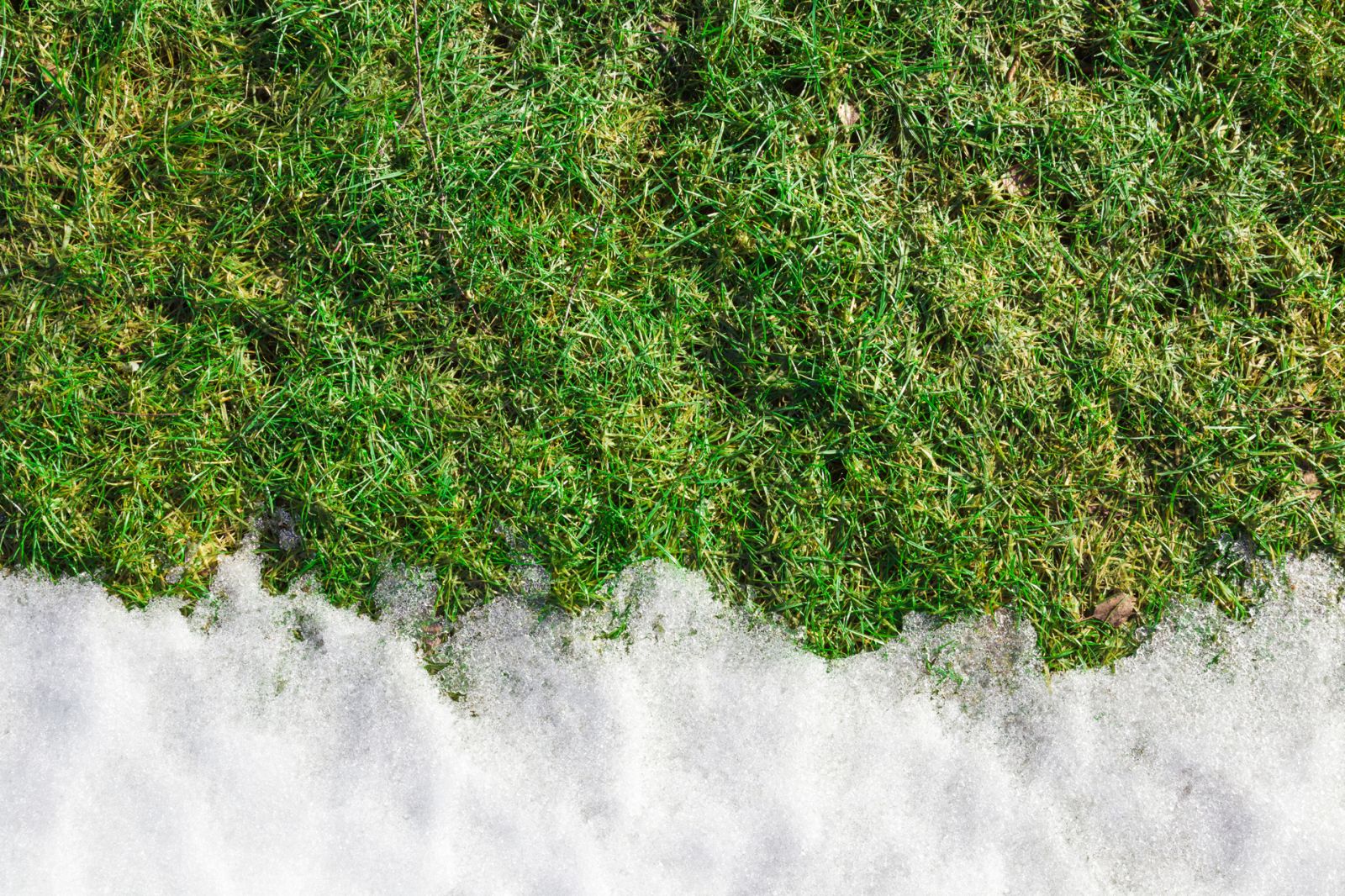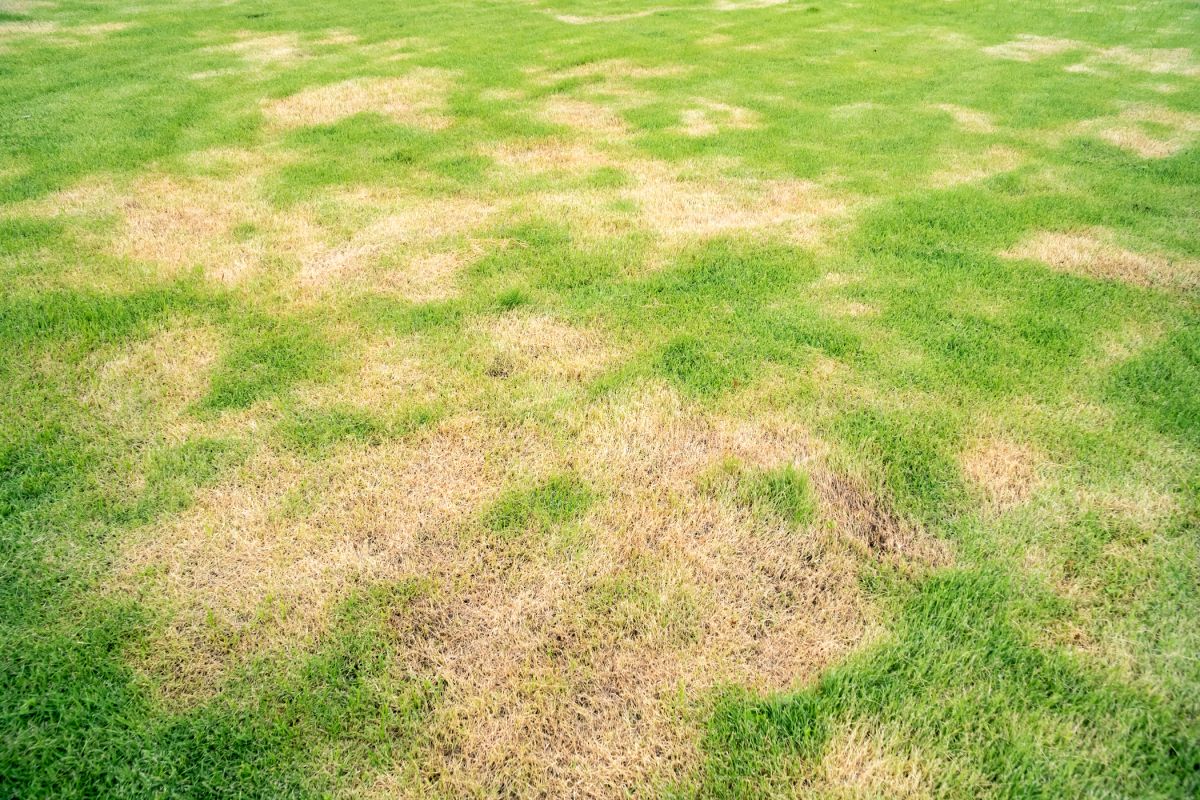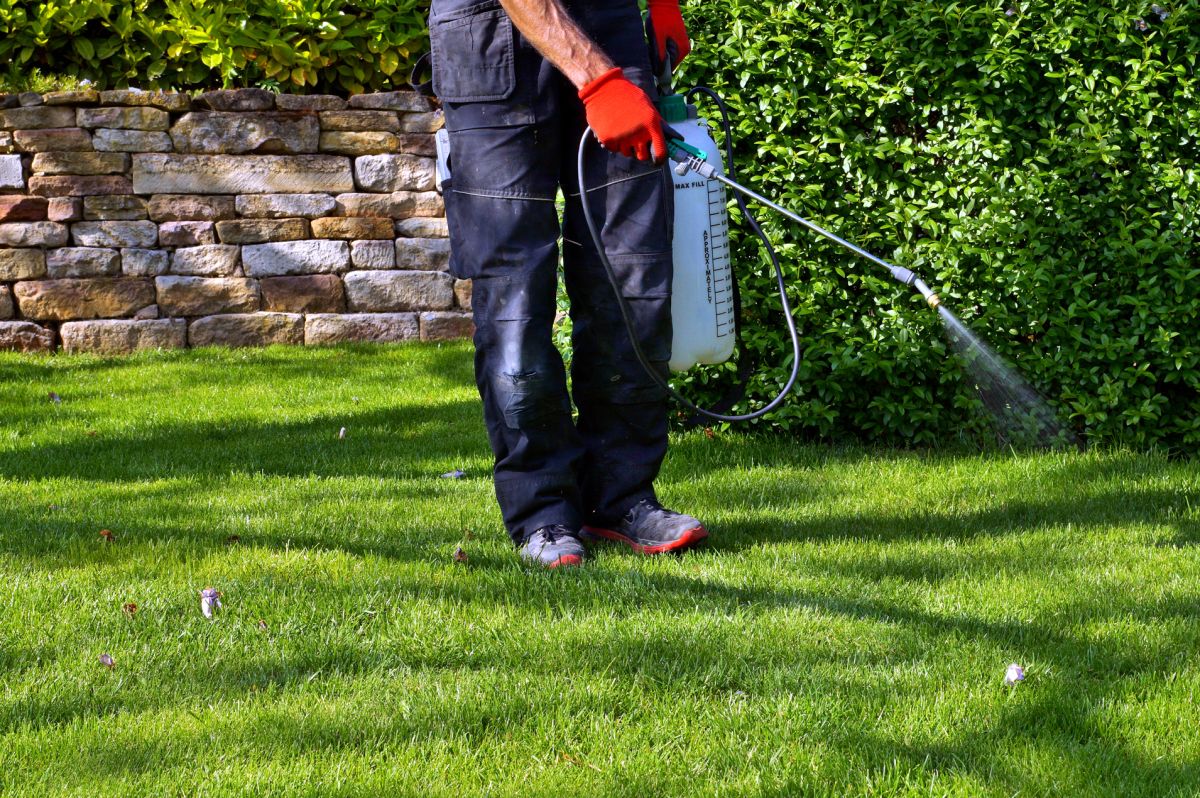

Discover the Secret to a Lush and Healthy Lawn
Read More ›
Blog
How to identify winter damage and what to do about it

The sight of brown, bare spots and thinning grass can be disheartening. Fortunately, with proper care and attention, you can revive your lawn and restore its vitality. In this blog post, we will explore the common causes of winter lawn damage in Virginia and provide practical tips and solutions to help you revive your lawn, ensuring a vibrant and resilient landscape for the upcoming seasons. Don't despair. A healthy and beautiful lawn is within reach, and we're here to guide you every step of the way.
During the winter months, lawns in Northern Virginia can suffer from various types of damage. Here are some common signs to look out for.
Brown or dead patches — Winter damage often manifests as brown or dead patches in the lawn, caused by snow mold, ice damage or even excessive foot traffic.
Thinning or bare spots — You may notice areas where the grass is sparse or completely gone, indicating winter damage.
Crown damage — The crown of the grass plant, located at the base of the blades, can be susceptible to damage during freezing and thawing cycles. Signs of crown damage include wilting, yellowing or stunted growth.
Snow mold — There are two common types of snow mold — gray snow mold (Typhula blight) and pink snow mold (Fusarium patch). Snow mold can be identified by circular or irregular patches of matted, discolored or moldy-looking grass.
Salt damage — Salt isn’t good for turf grasses. If you used de-icing salts near the lawn, the grass close to these areas may show signs of salt damage. This can include browning, stunted growth or even the death of your grass.
Weeds and pest infestations — Winter damage weakens the lawn, making it more susceptible to weed growth and pest infestations. Look for an increase in weeds or signs of pest damage, such as chewed grass blades or tunnels in the soil.
If you notice any of these signs of winter damage in your Northern Virginia lawn, it's important to take appropriate steps to restore and rejuvenate your turf for the upcoming seasons.

Restoring grass suffering from winter damage requires a combination of proper lawn care practices and targeted interventions. Here are some steps to help you restore your grass.
By following these steps and providing the necessary care, you can restore grass suffering from winter damage and promote a lush and vibrant lawn in no time.

Like most maladies, prevention is key. It’s far easier — and less costly — to prevent winter damage rather than try and fix it afterwards.
A comprehensive lawn care regimen can improve the health of your turf and help it survive the ravages of winter. At Brandon Rushing, our lawn care services include:
Additional services are also available, including compost top-dressing to enrich your soil and lawn disease prevention to keep your lawn free from disease and help young seedlings and new sod installations take root and thrive.
If you suspect your lawn has winter damage and need some help — or you want to start a lawn and garden program to keep your lawn and gardens healthy — book a free consultation with us. Tell us about your property and the issues you’re facing and our lawn & garden specialists will explain your options.
Written by Brandon Rushing, Founder & President
Posted on: February 28th, 2024